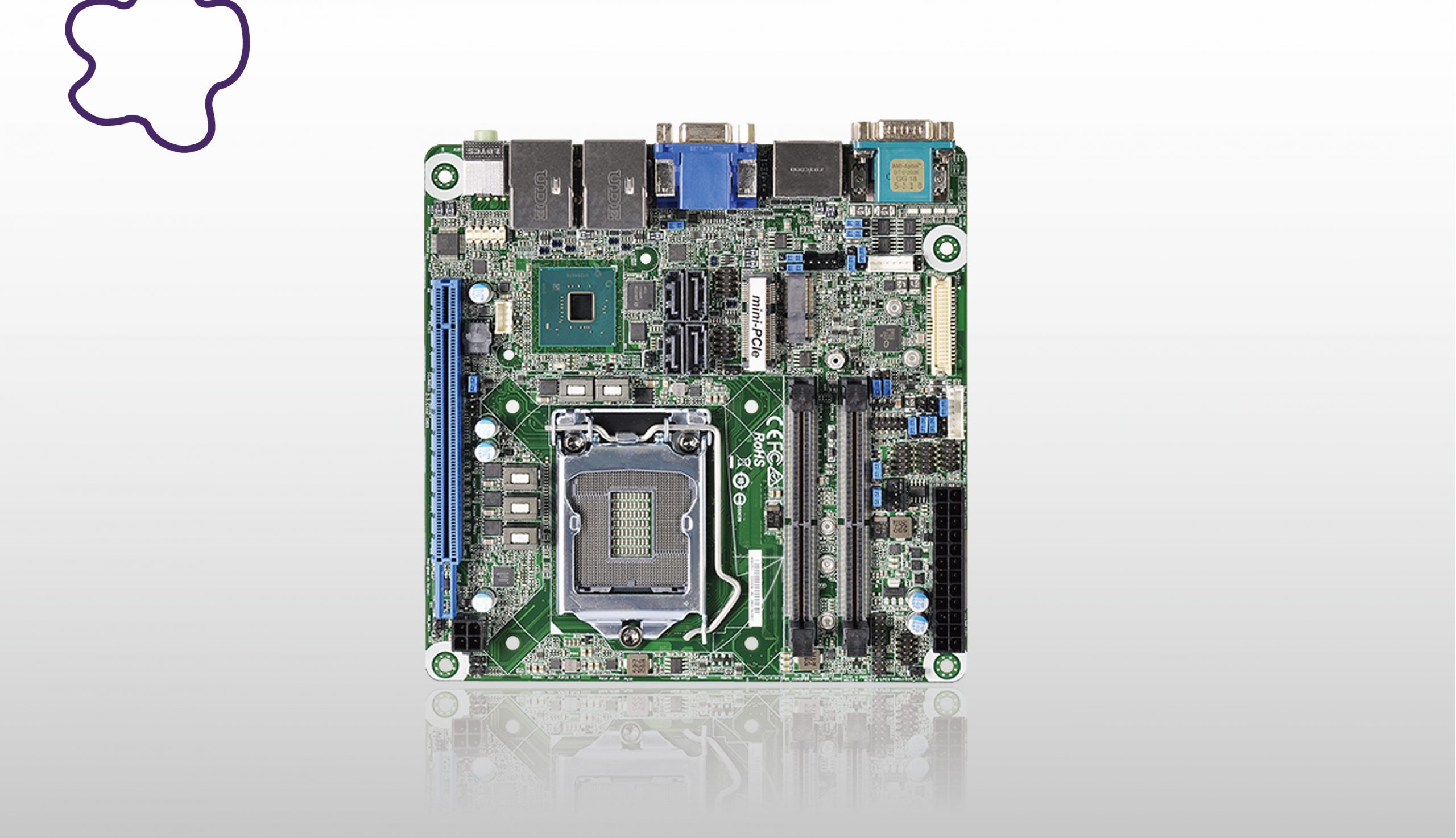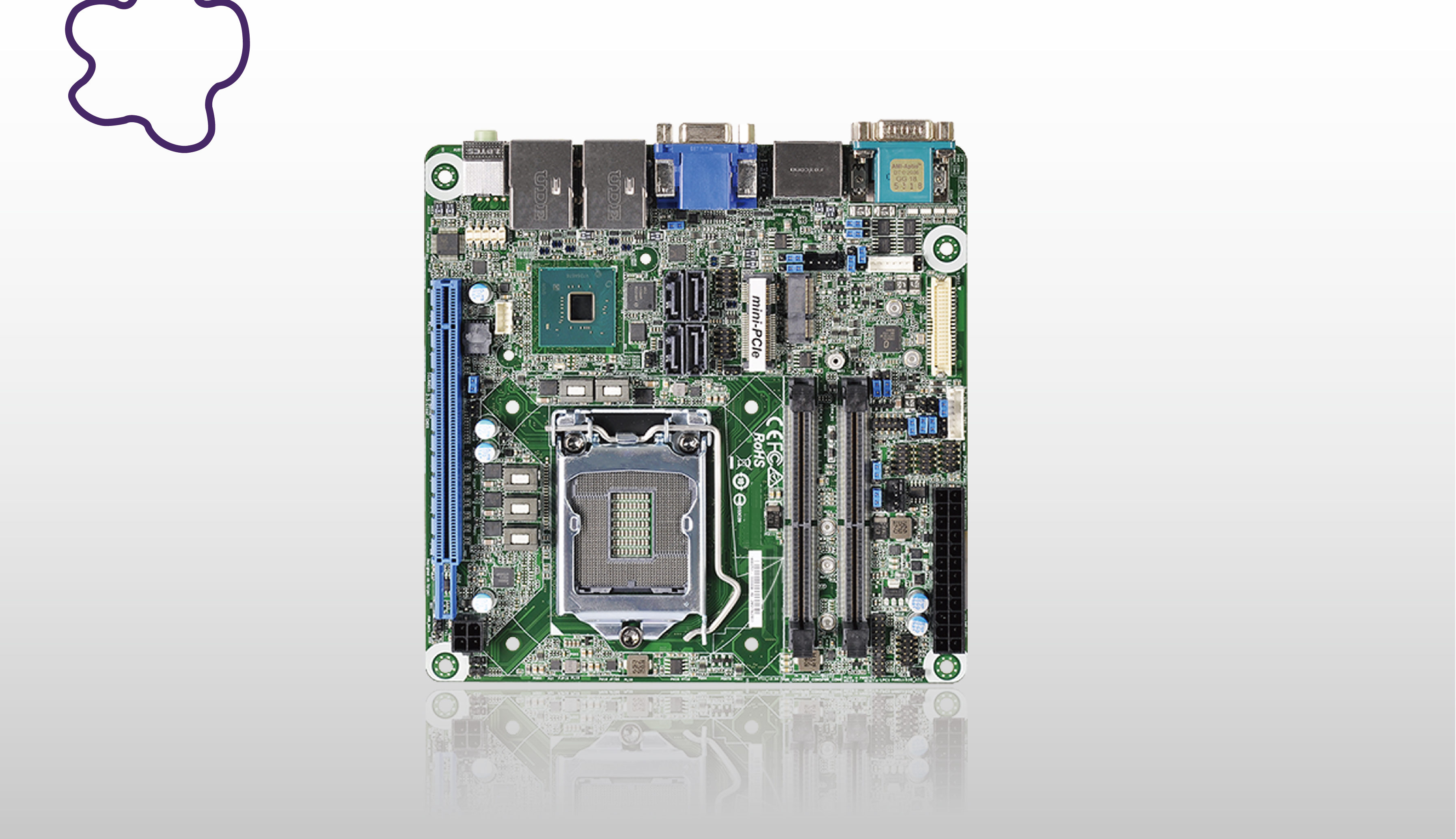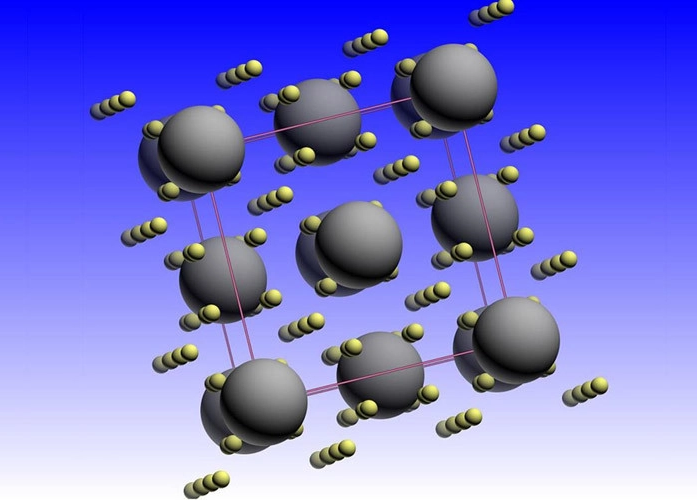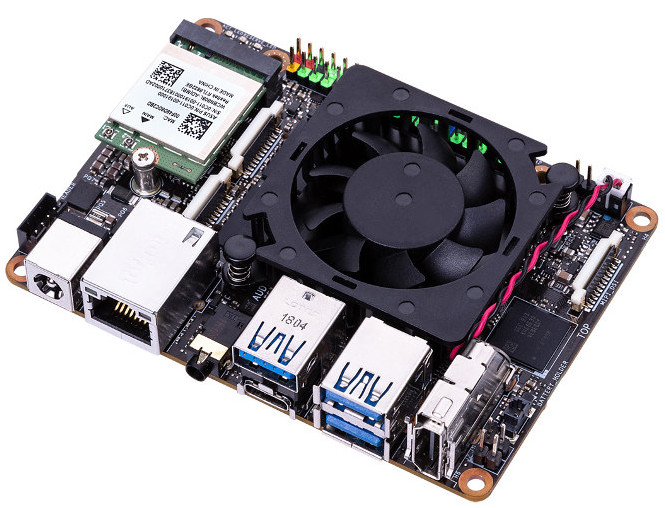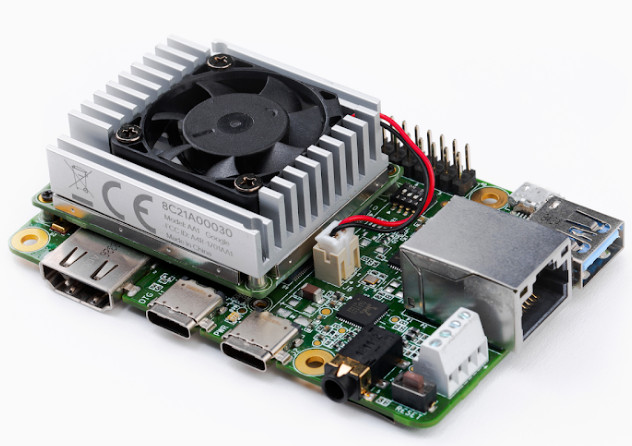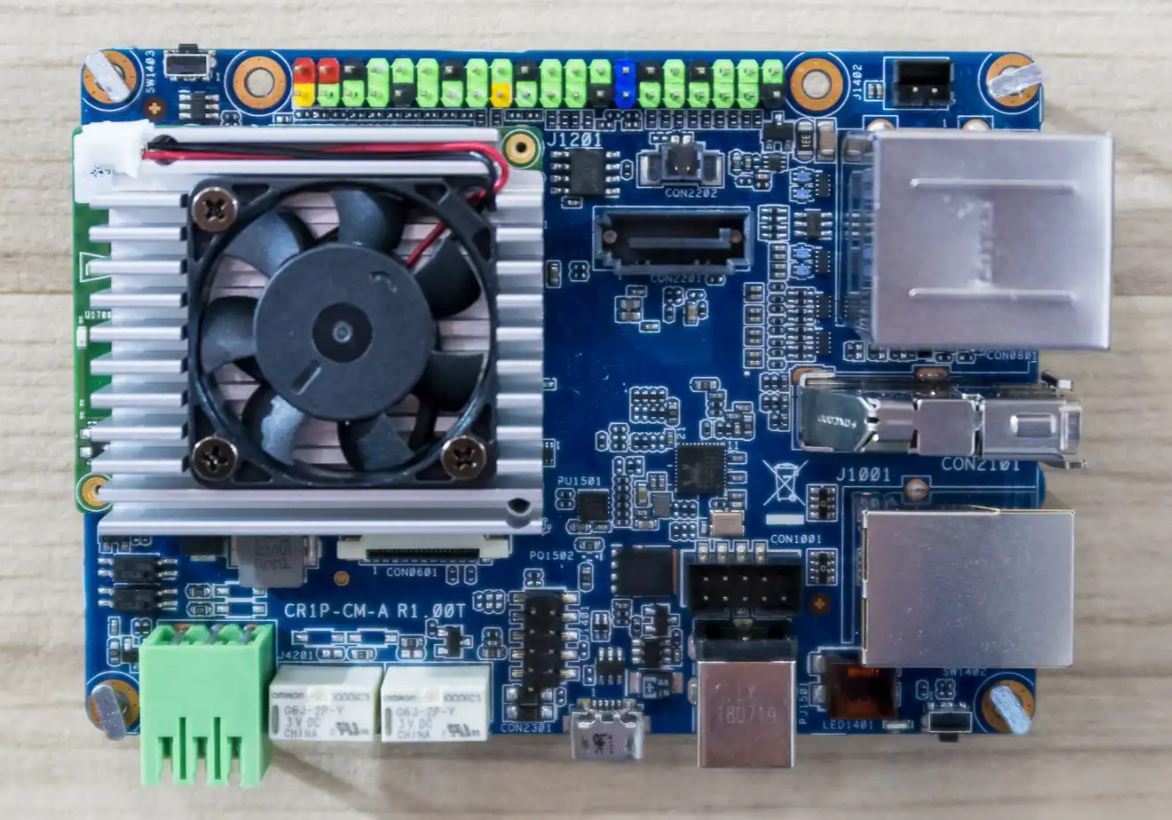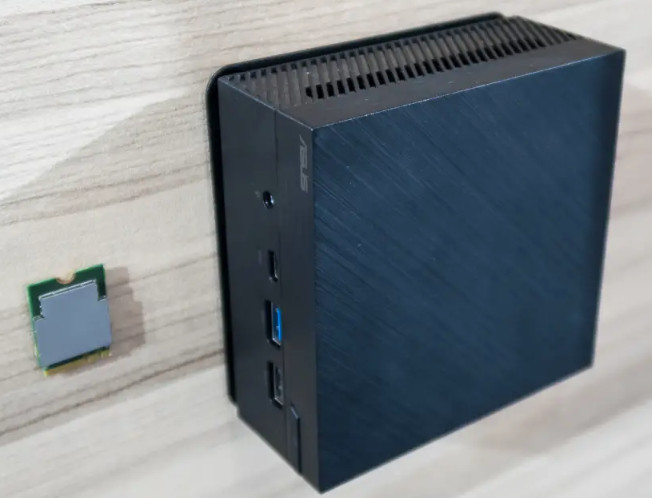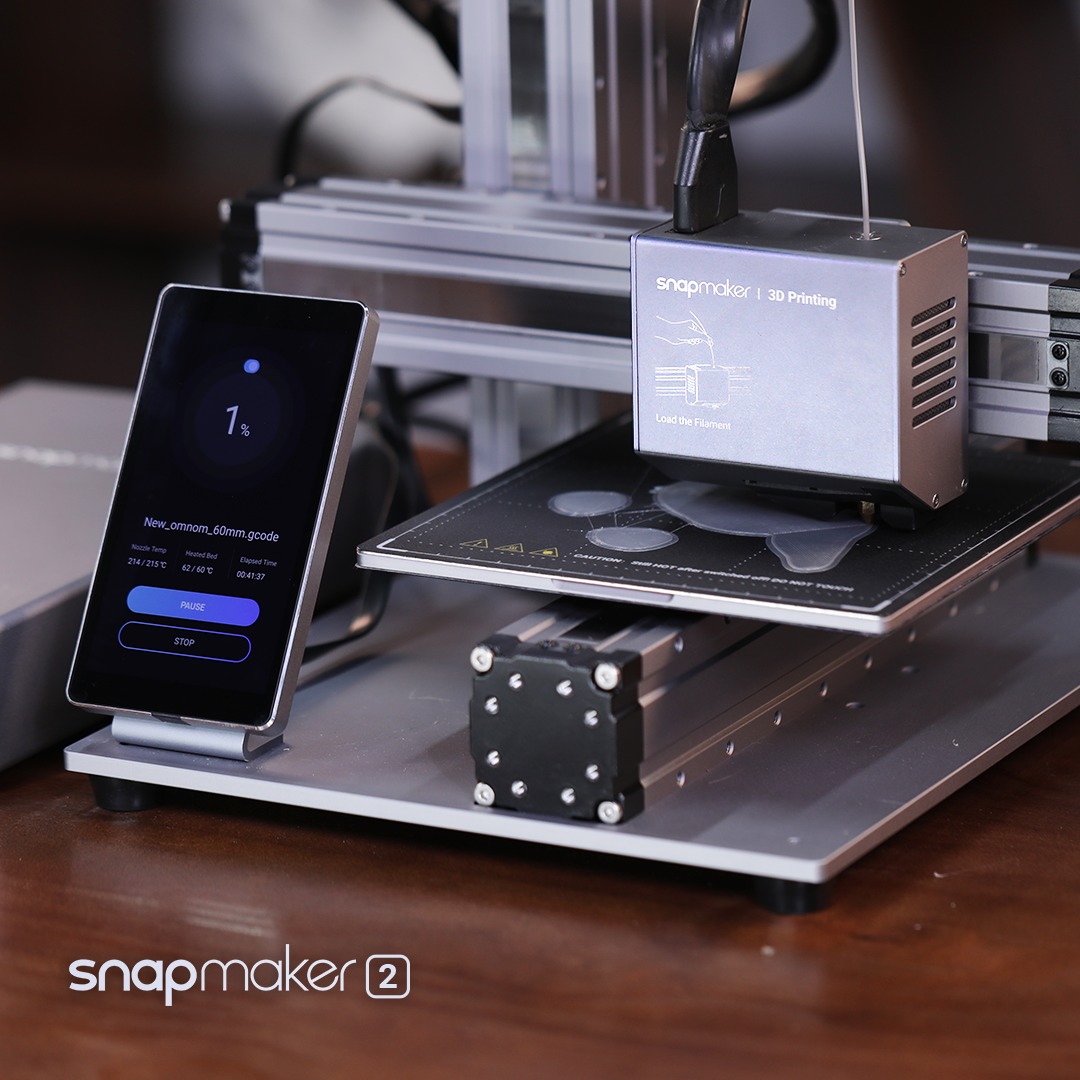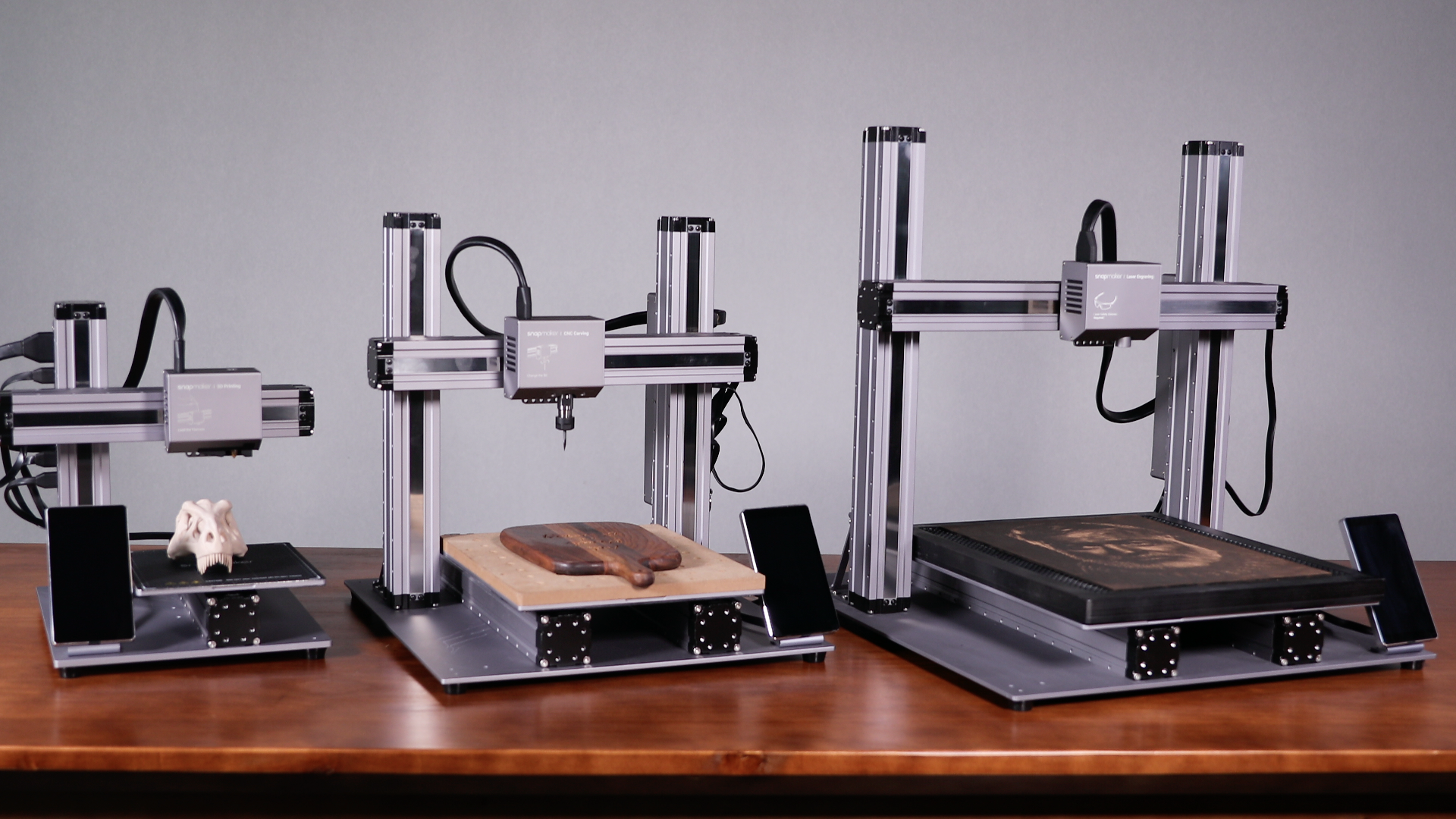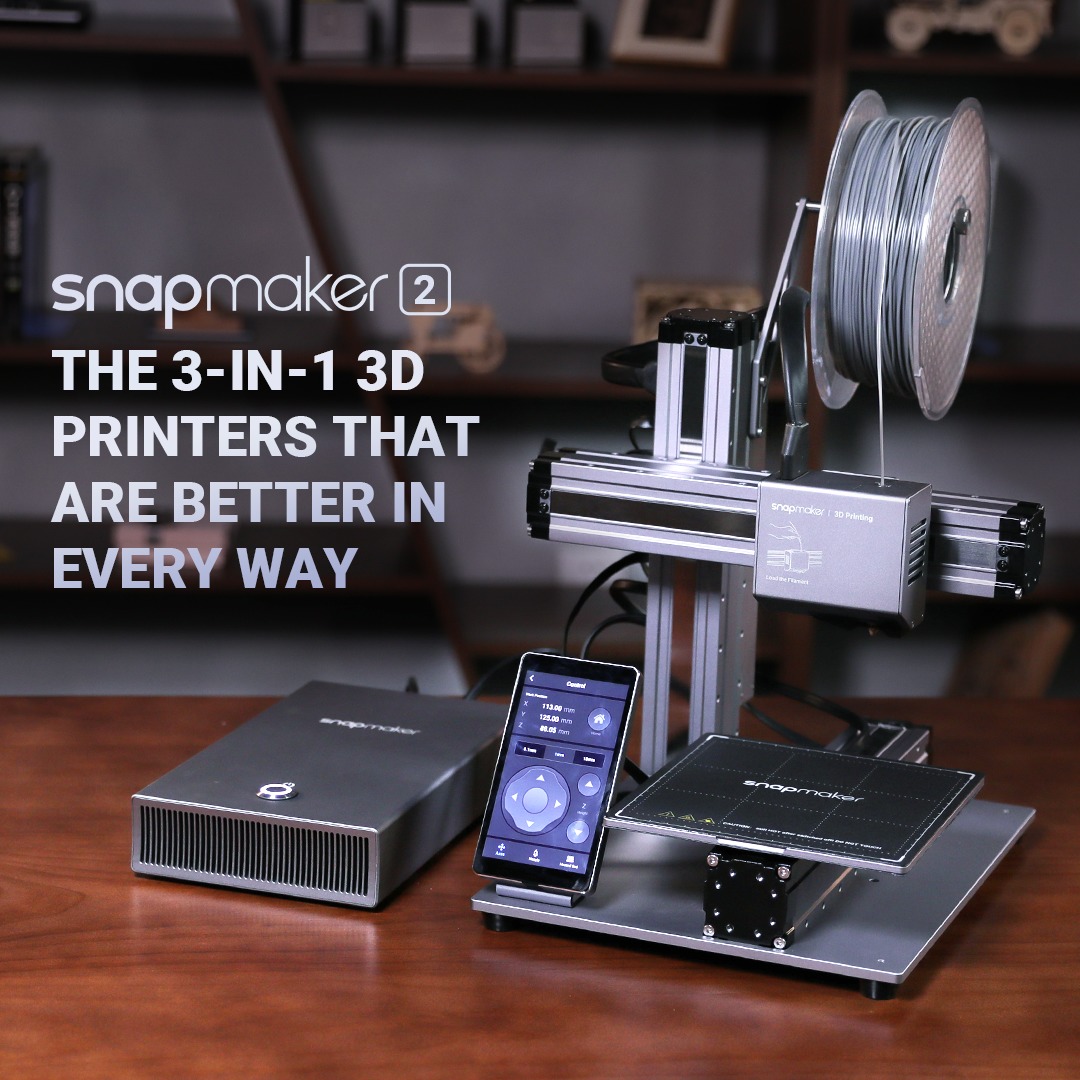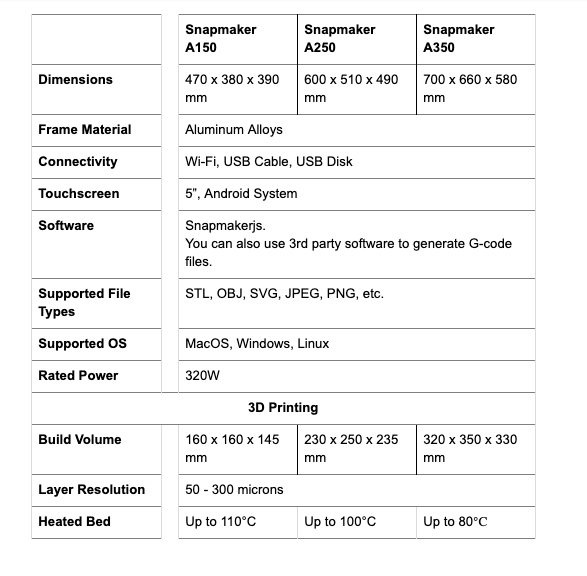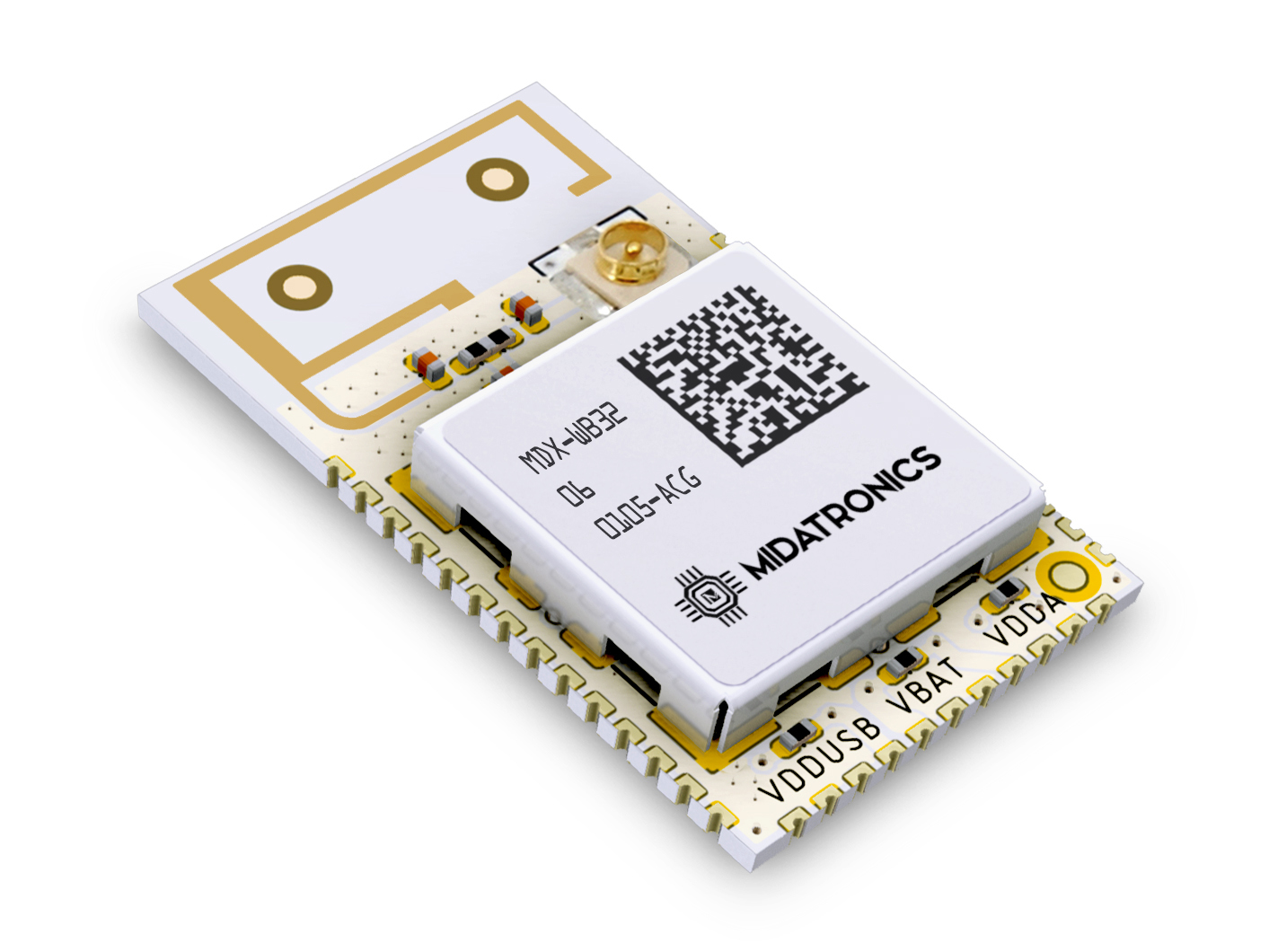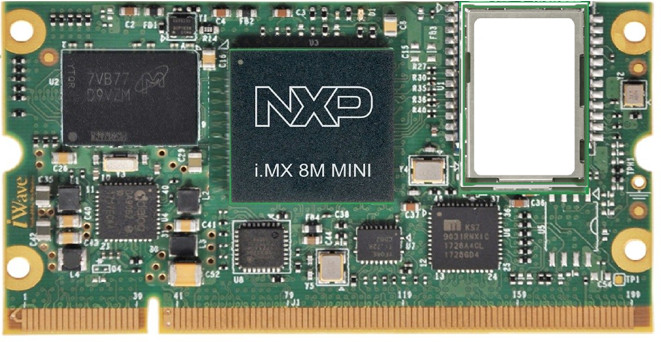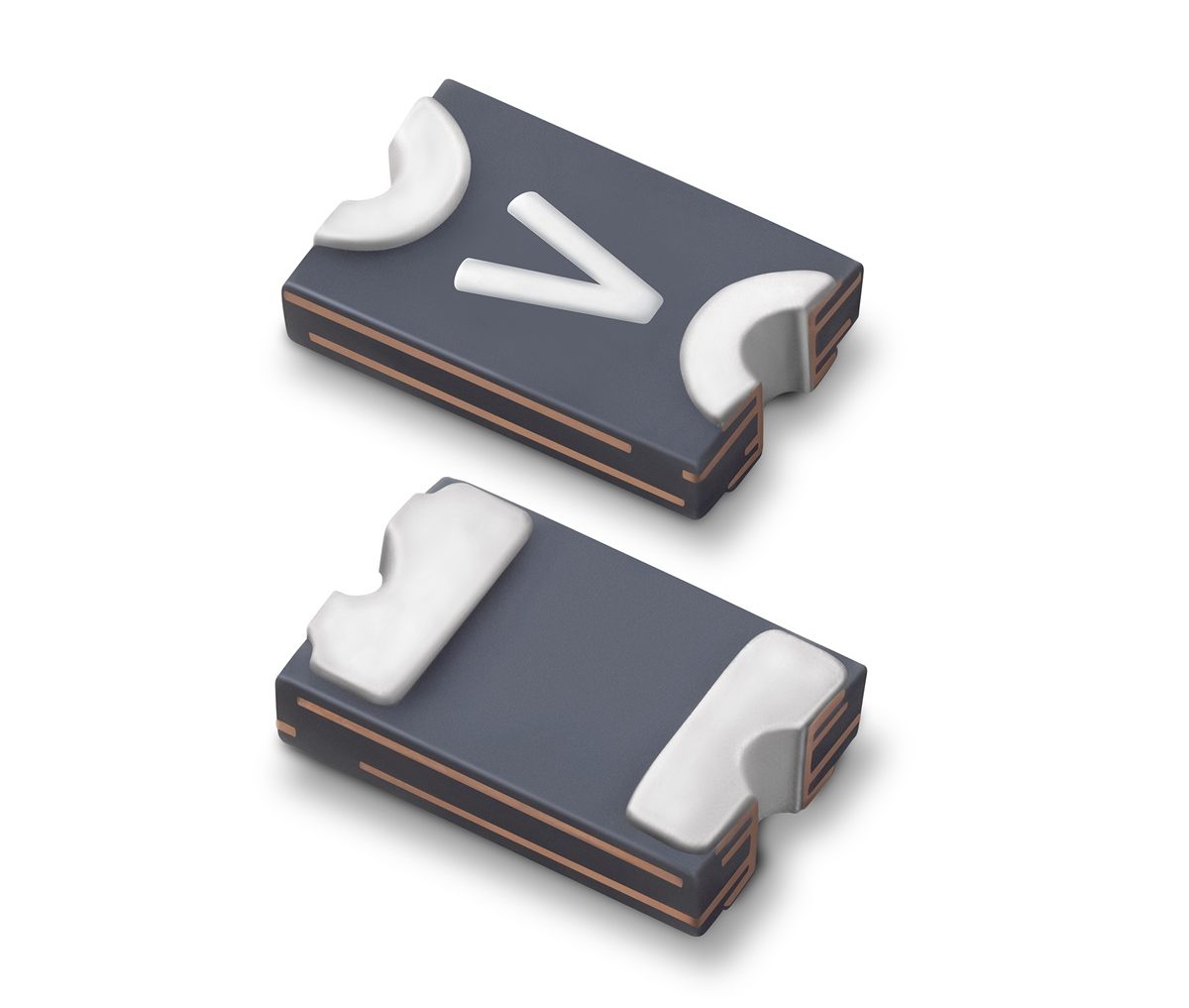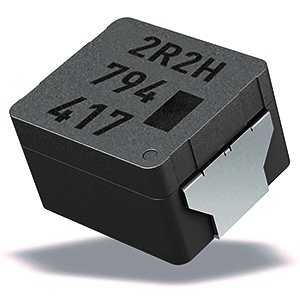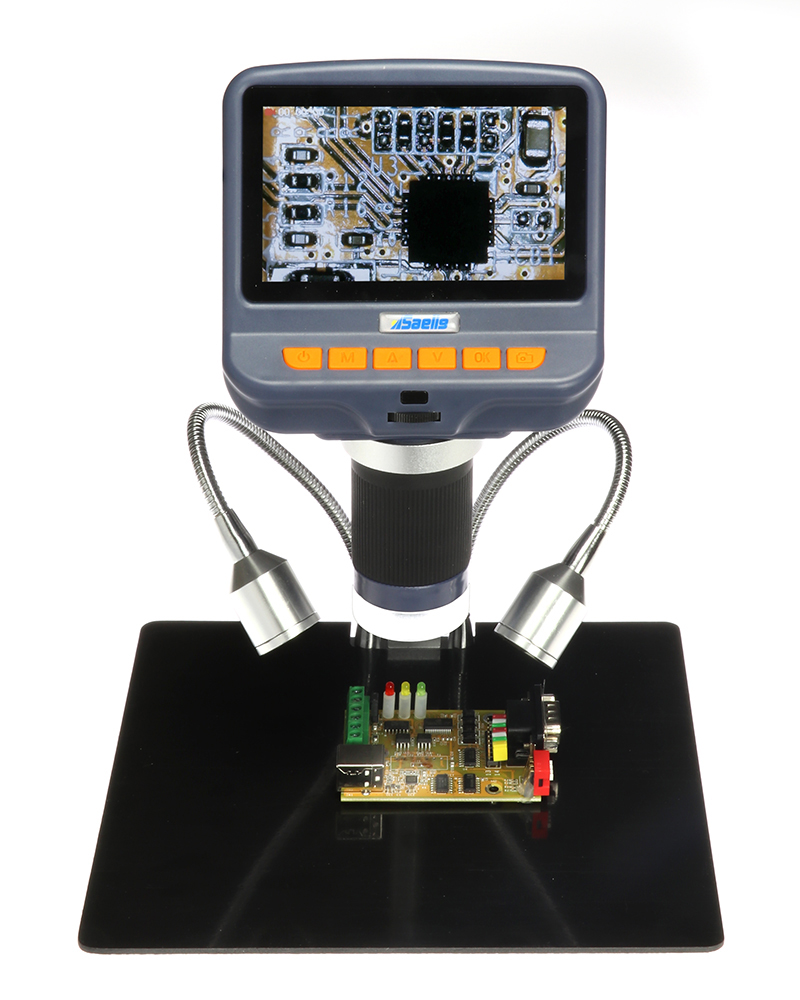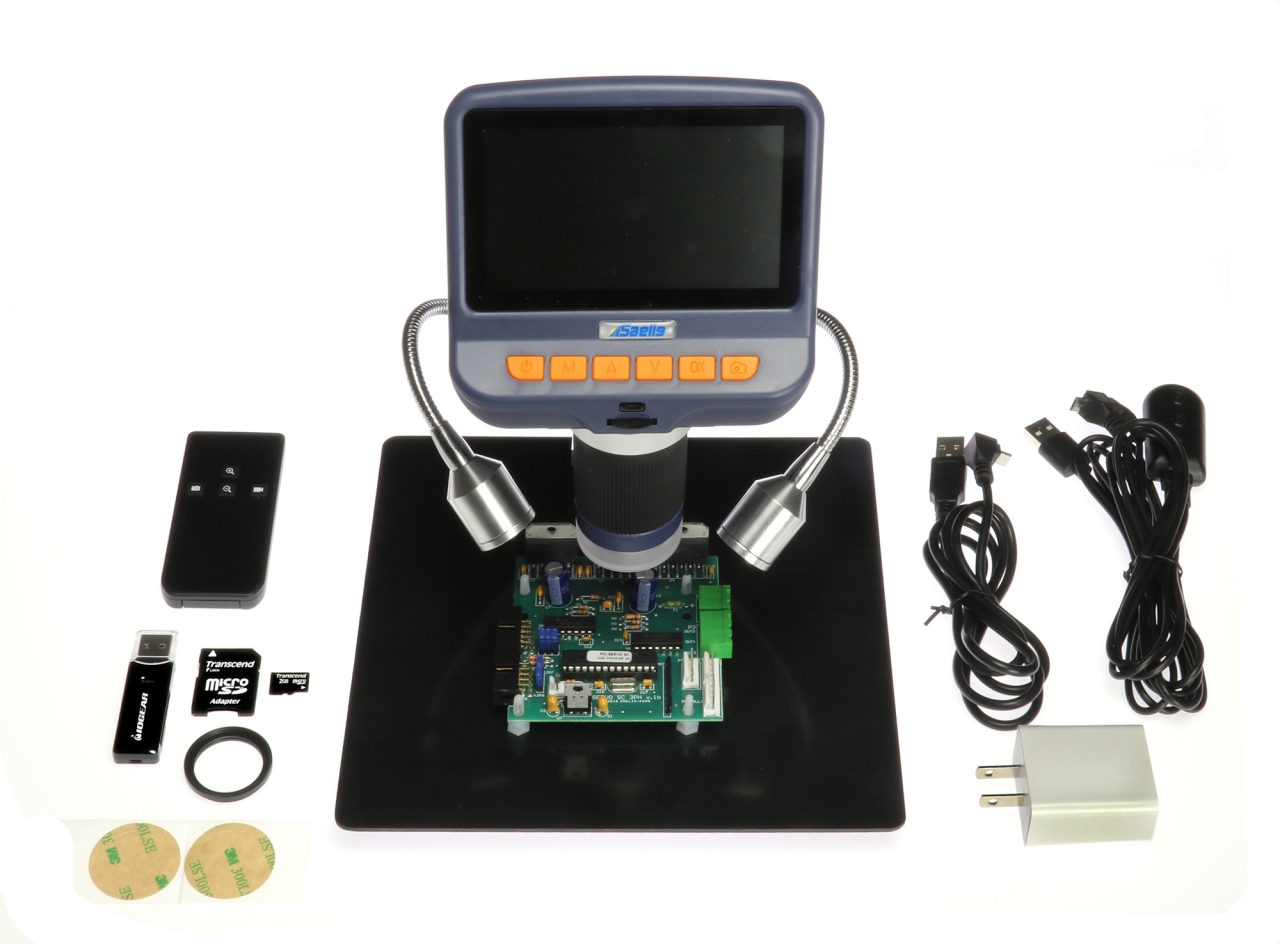WADE-8211-Q370 Scalable Processing Power Gives Design Flexibility and Is Ideal for Industrial Automation, Medical Equipment and IoT Applications.
Portwell , a world-world-leading innovator in the Industrial PC (IPC) market and an Associate member of the Intel Intelligent Systems Alliance program, today announces the release of the WADE-8211-Q370, a new Mini-ITX form factor embedded system board based on the 8th Generation Intel Core™ processor (formerly Coffee Lake) and Intel Q370 Express chipset. Along with four independent video outputs, the WADE-8211 also utilizes the 8th Generation Intel Core Processor, built on 14nm process technology utilizing 3D Tri-gate transistor technology, resulting in increased performance and improved energy efficiency. The Mini-ITX Board includes Intel Turbo Boost Technology for faster processing, Intel vPro™ Technology for superior remote configuration capabilities and Intel Hyper-threading for multithreaded processing. These features translate into reduced manageability cost and improved security, making the WADE-8211 an ideal solution for Industrial Automation, Medical Equipment, Transportation and Retail Systems.
Based on Mini-ITX form factor, the WADE-8211 is right-sized perfectly for applications with small footprint computer and supports the powerful Intel Core™ i7 / i5 / i3 (8th gen.) and the Intel Pentium® / Intel Celeron® processor series. It is equipped with the highly performant Intel Q370 Express Chipset and guarantees highest functionality on a small-sized surface with Intel AMT 12.0 and vPro support, 2x Intel GbE LAN and BIOS configurable PCI Express Lane. It is designed and tested for enhanced operating temperature range up to 60°C and 24/7 continuous operation.
The WADE-8211-Q370 supports up to 32GB Non-ECC DDR4 memory up to 2133MHz on two 260-pin SO-DIMM sockets making it faster than its predecessor. Its expansion interface supports one PCI Express x16 Gen3 (8.0GT/s) for enhanced video performance and support one Mini-PCIe and two M.2 slots (one M.2 Type E socket (2230) for Wireless, one M.2 Type M socket (2242/2260/2280) for SSD).
The board supports four type independent displays, dual DP (Display Port), VGA and 24bit LVDS with greater 3D performance compared to its previous generation. Running with a low TDP CPU (35 watts), the WADE-8211 can provide superior performance in various environments. Moreover, the enhancement in flash playback, rich 2D/3D graphics quality, security and power efficiency enables a fascinating visual experience in a variety of market segments such as Industrial Automation, Medical Imaging, Retail Automation, Transportation, and Digital Signage.


